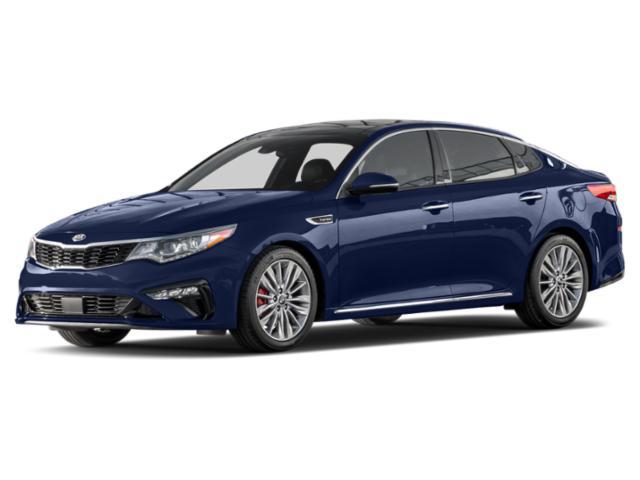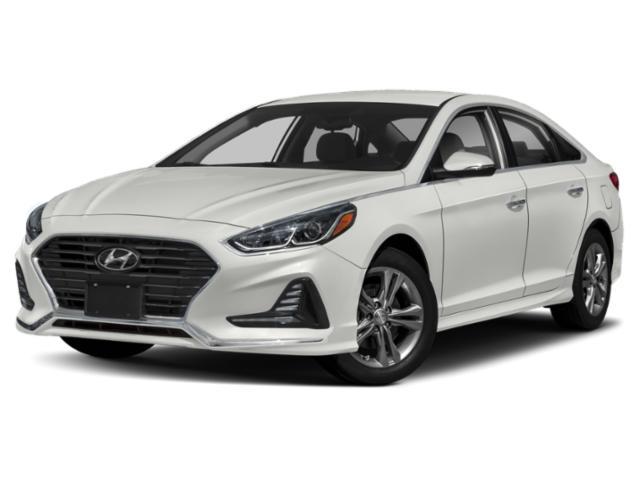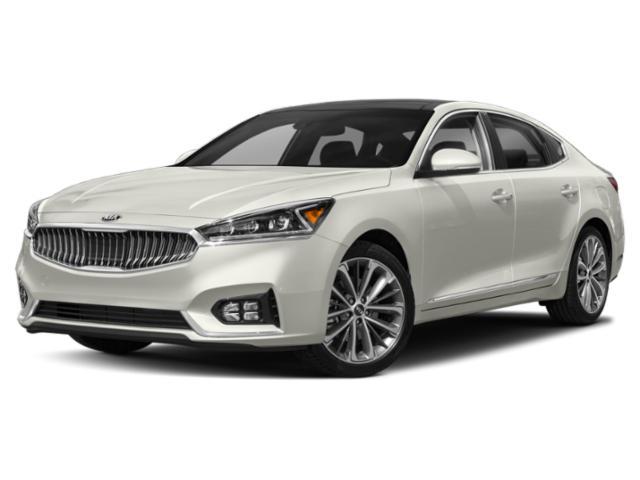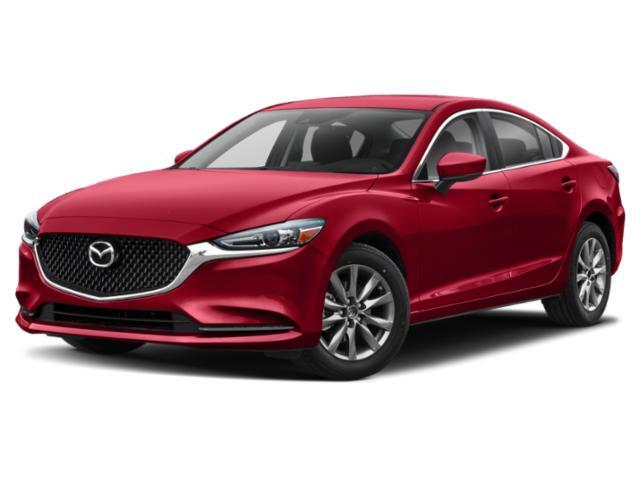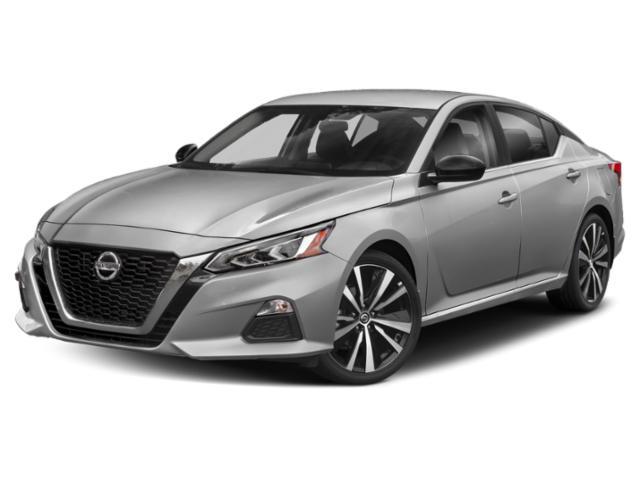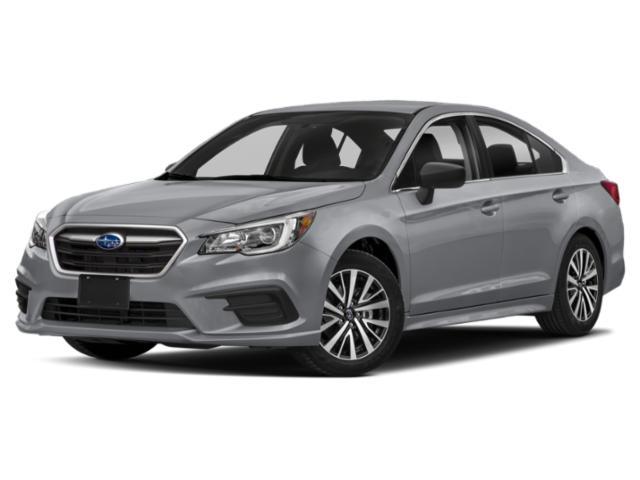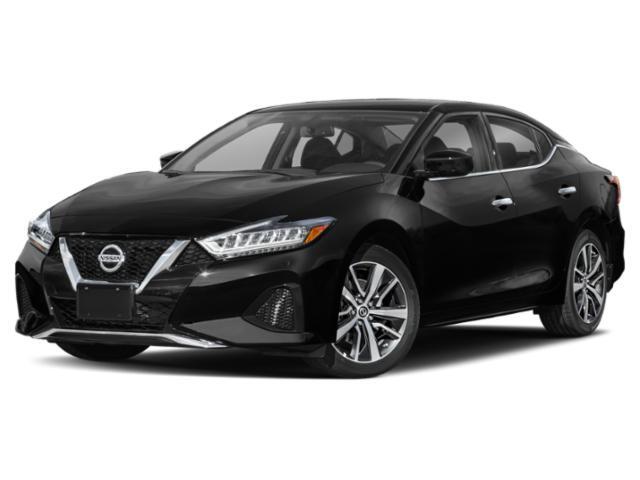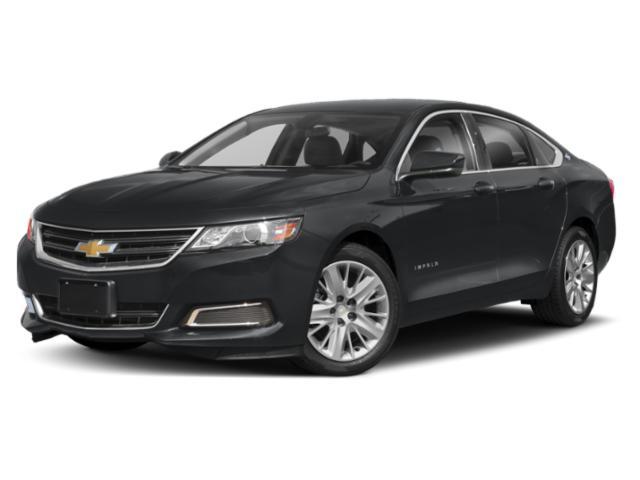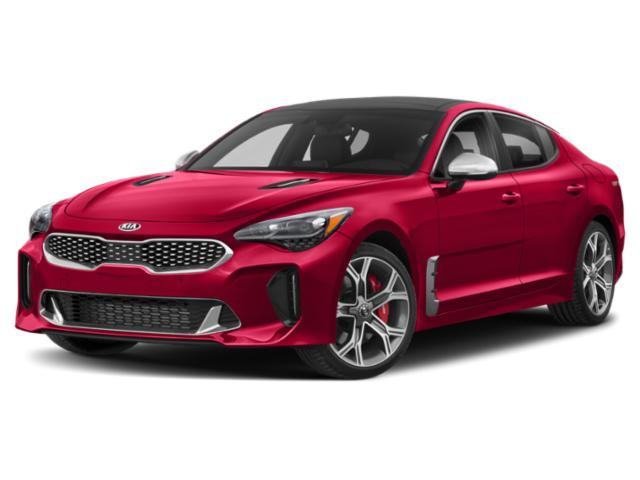
2019 Honda Accord Sedan

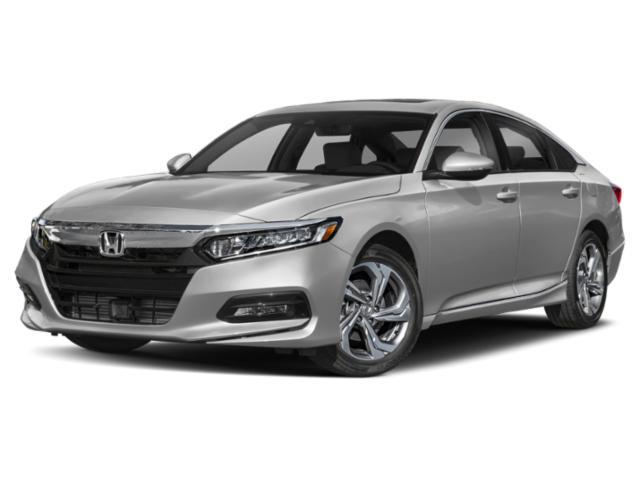
Key Specifications for 2019 Honda Accord Sedan






Buyer’s Guide
Last year was a big one for big sedans, with Honda and Toyota redesigning their family cars despite falling sales in the segment blamed on the popularity of SUVs and crossovers.
The Accord’s transformation was a dramatic one that introduced smooth styling, a pair of new turbocharged engines and an available 10-speed automatic transmission.
As before, the Accord starts out with a 1.5L turbo engine with 192 hp and 192 lb-ft of torque. The upgrade is a 2.0L turbo four-cylinder good for 252 hp and 273 lb-ft. The optional transmissions are a continuously variable automatic (CVT) in 1.5L cars and a 10-speed automatic for 2.0L models.
Among the changes included in 2019’s update is the elimination of the six-speed manual transmission from the entry-level LX trim. That leaves the two Sport models as the only ones offered with a stickshift.
We’d argue the 2018 redesign didn’t necessarily make the Accord better, because it was already pretty good. It did make the car more interesting, however, and the turbo engines and 10-speed transmission brought it more in line with current industry trends.
Those changes leave the Camry in the minority of mid-size sedans to use a V6 engine. Hyundai, Kia, Chevrolet and Ford had already moved to all-turbo engine lineups.
Speaking of Ford, its Fusion will be gone after 2019 as the company makes room for more profitable SUV and crossover models.
Accord trim levels are LX, Sport, EX-L and Touring (all with the 1.5L engine) and Sport and Touring with the optional 2.0L.
All Accord trims come with a safety suite that includes automatic high beams, forward collision warning with automatic braking, lane departure warning, lane keeping assist and road departure mitigation.
LX trim includes a front wiper de-icer, LED headlights, taillights and daytime running lights, a 7.0-inch digital gauge cluster display, active noise control, dual-zone automatic climate control, multi-angle backup camera, passive keyless entry, 12-way power driver’s seat, heated front seats and an eight-speaker stereo with Apple CarPlay and Android Auto.
Sport trim brings the LaneWatch blind spot display, LED fog lights, sunroof, leather-trimmed steering wheel and shifter, leatherette/fabric seats and a 10-speaker stereo.
EX-L’s notable additions are an auto-dimming rearview mirror, a garage door opener, driver’s seat memory, four-way power front passenger seat adjustments, heated rear seats, a heated steering wheel, perforated leather seating and satellite radio.
Finally, Touring trim gets blind spot monitoring with rear cross traffic alert, rain-sensing wipers, ambient lighting, navigation, head-up display, front and rear parking sensors, wireless smartphone charging, ventilated front seats and a wi-fi hotspot.
Sport 2.0 and Touring 2.0 features echo those of their 1.5L linemates.
Honda’s fuel consumption estimates are 7.9/6.3 L/100 km (city/highway) with the 1.5L engine and CVT in LX and EX-L, and 8.2/6.8 in Sport and Touring; 8.9/6.7 L/100 for the Sport 1.5L and manual transmission; 10.4/7.4 L/100 km for Sport and Touring 2.0 models with the automatic transmission; and 10.7/7.3 L/100 km with the 2.0L and six-speed manual.
Review & Compare:
Photos

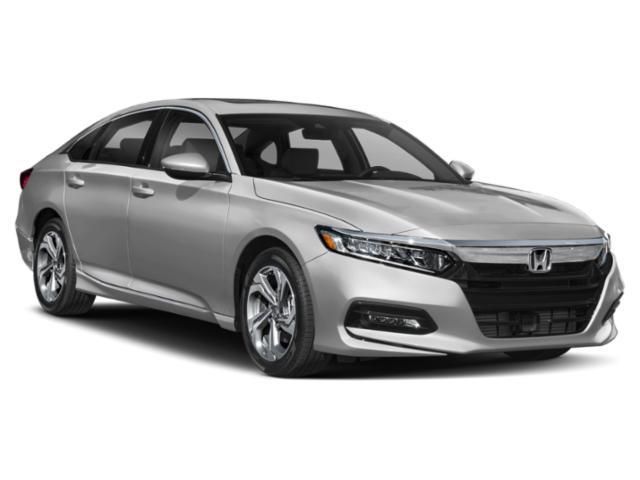
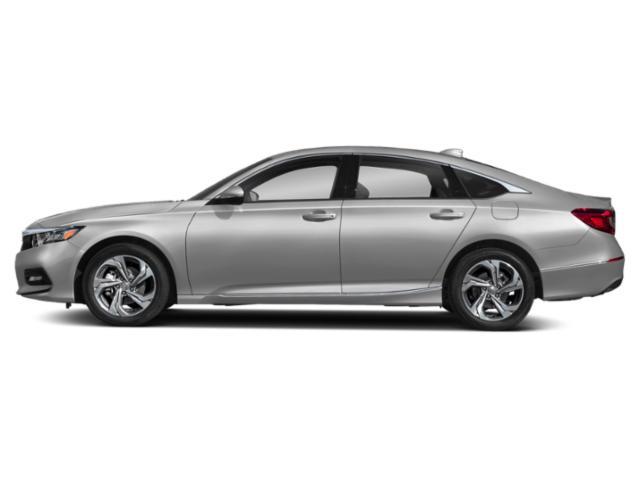
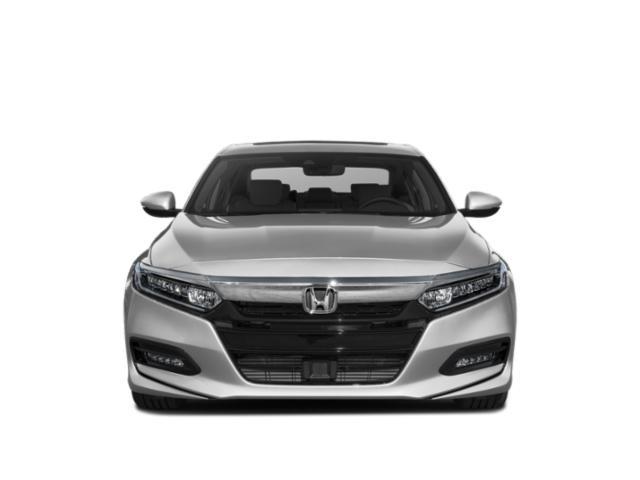
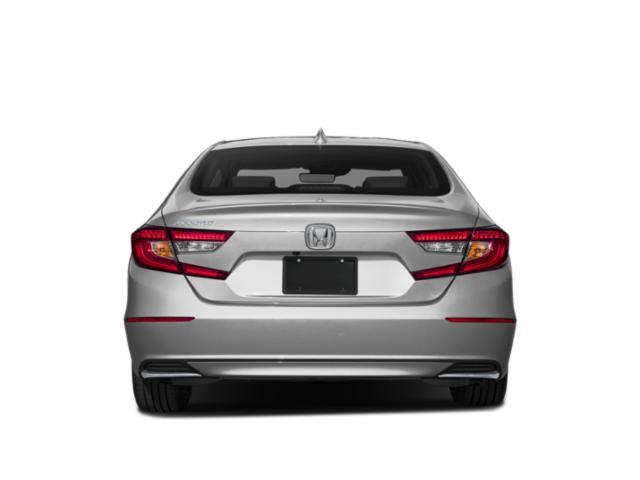
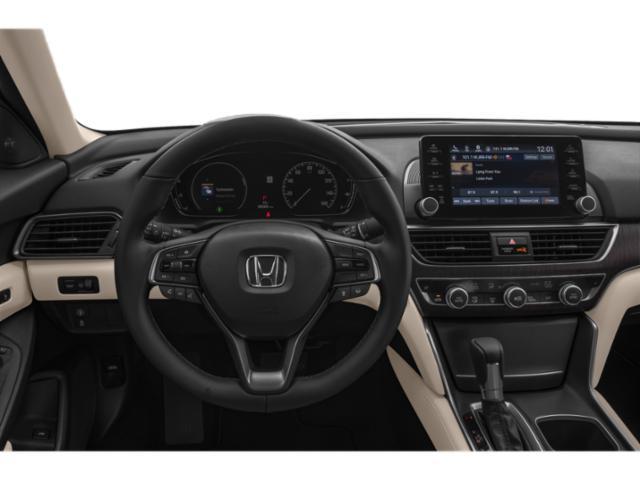
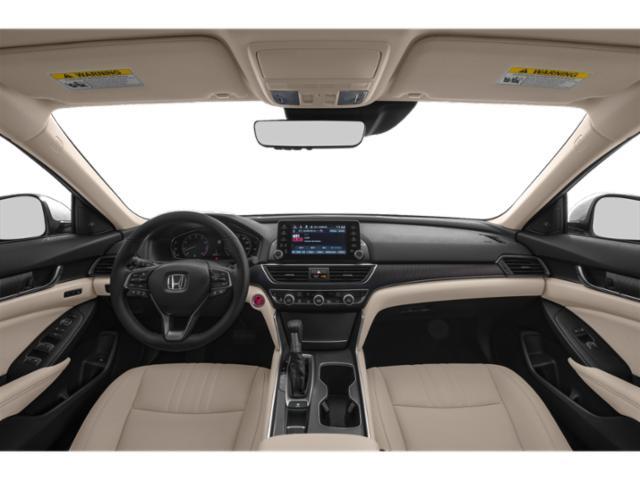
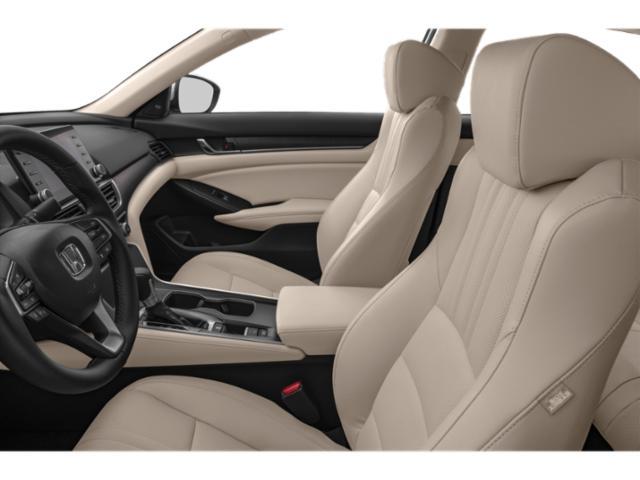
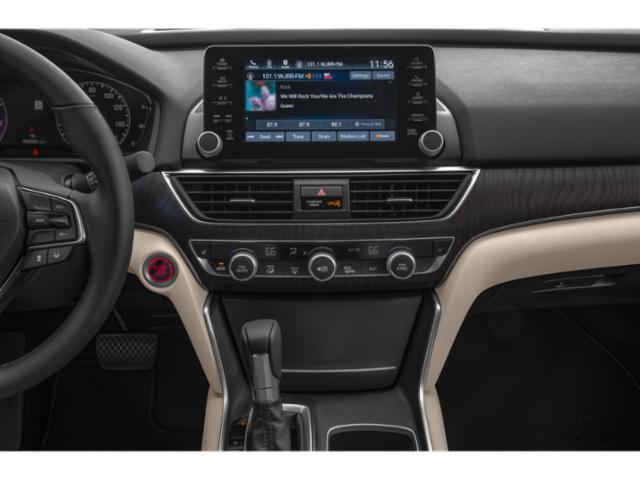
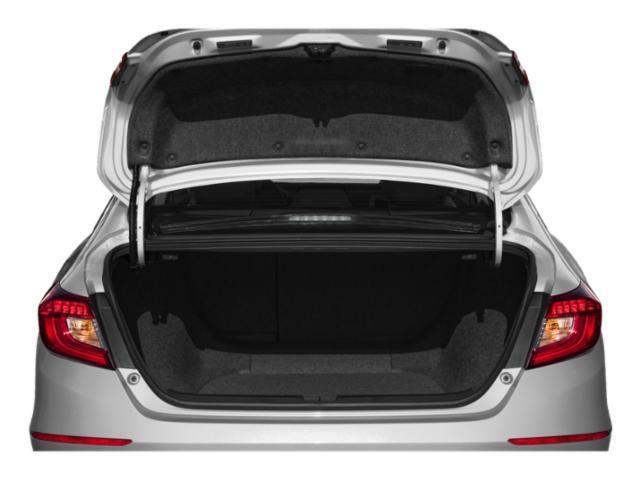
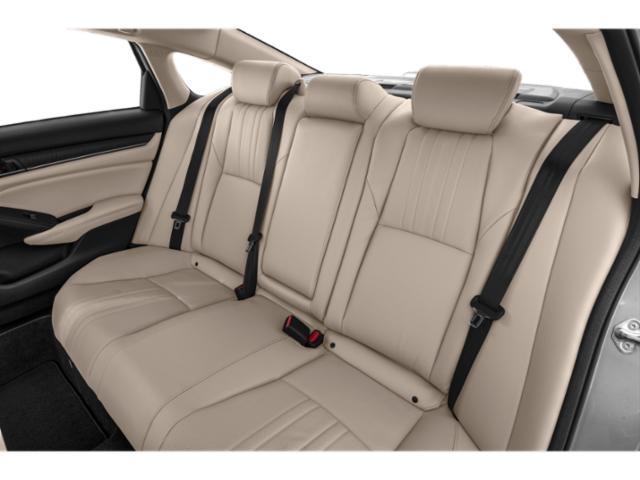
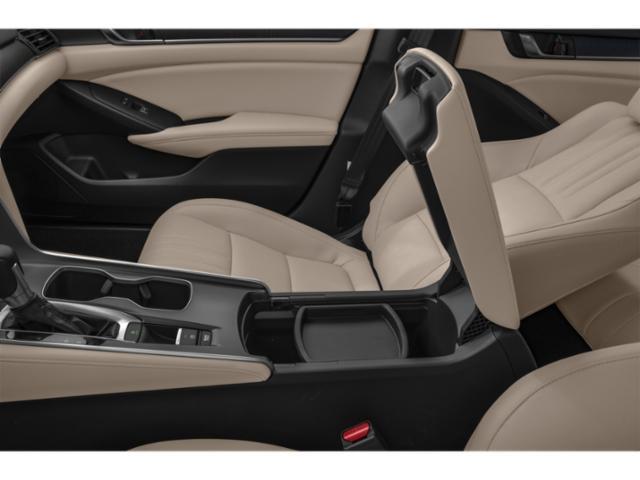
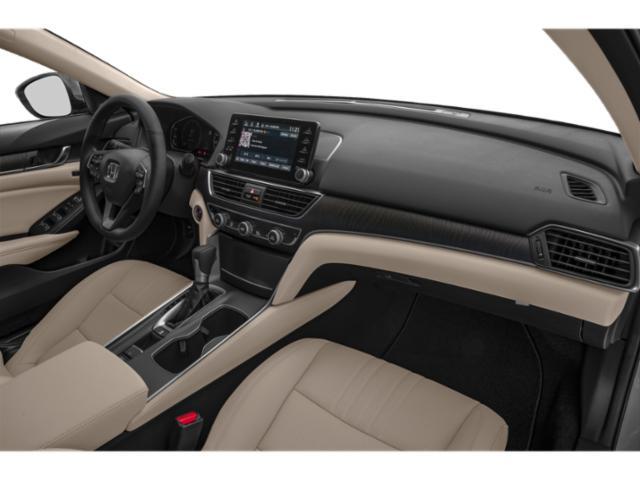
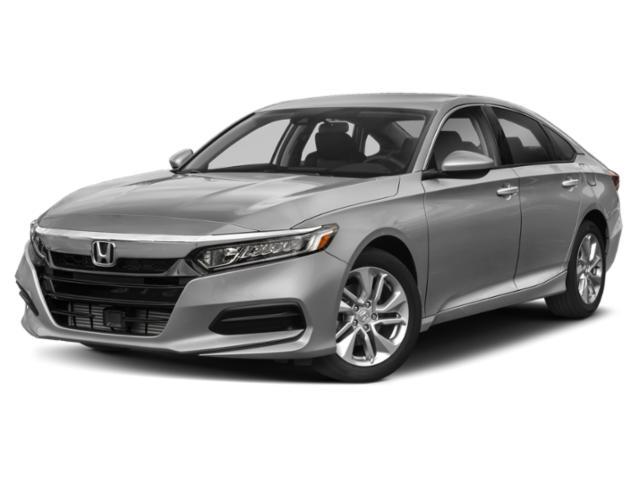
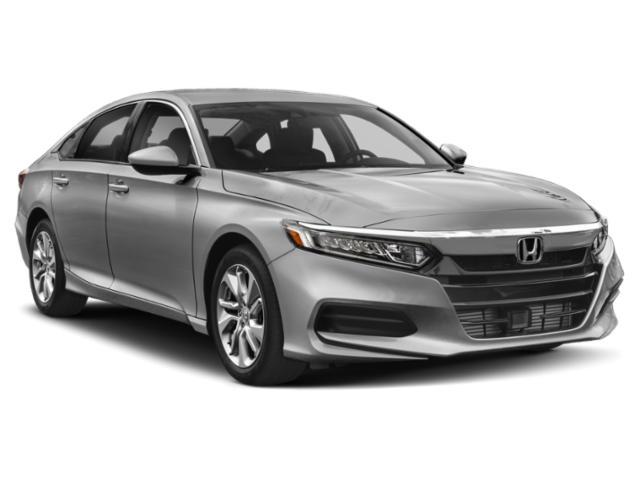
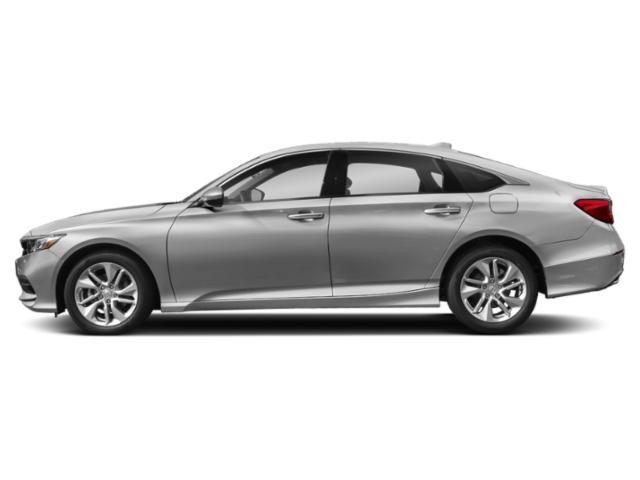
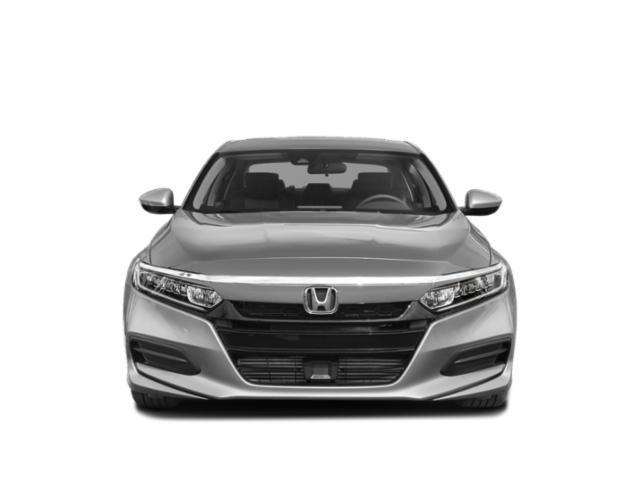
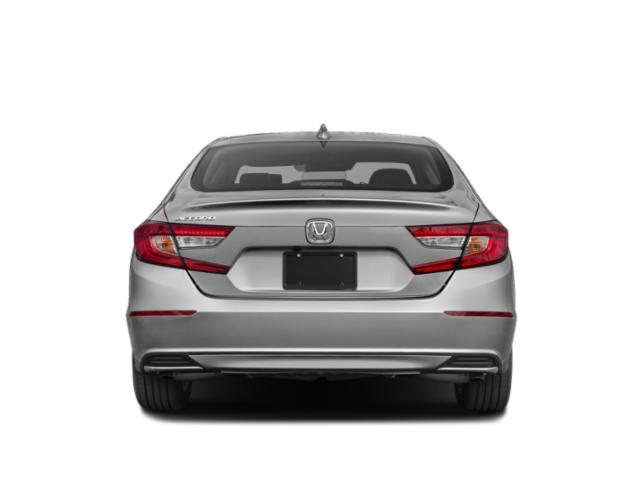
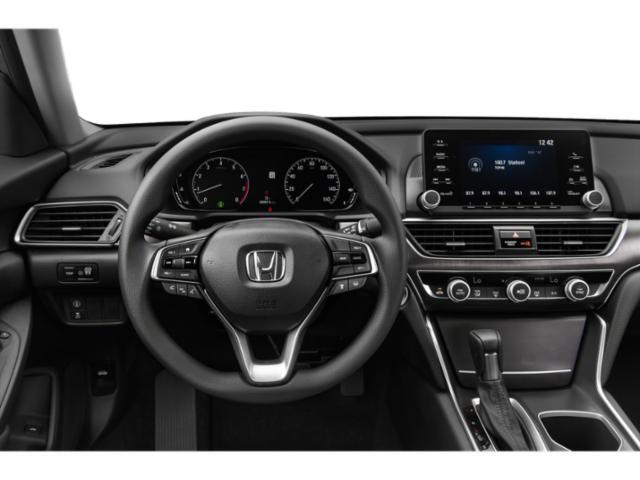
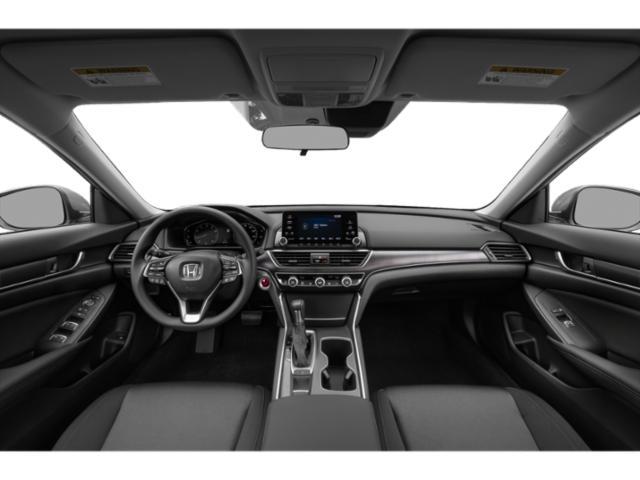
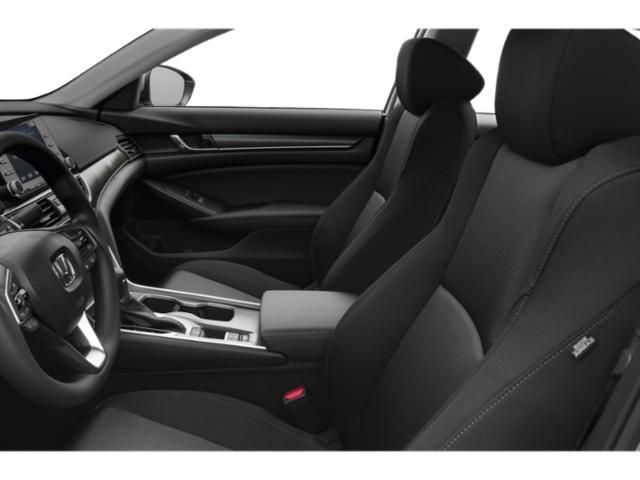
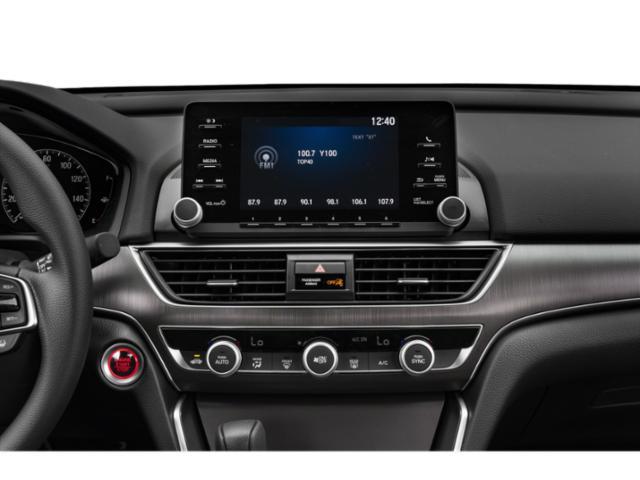
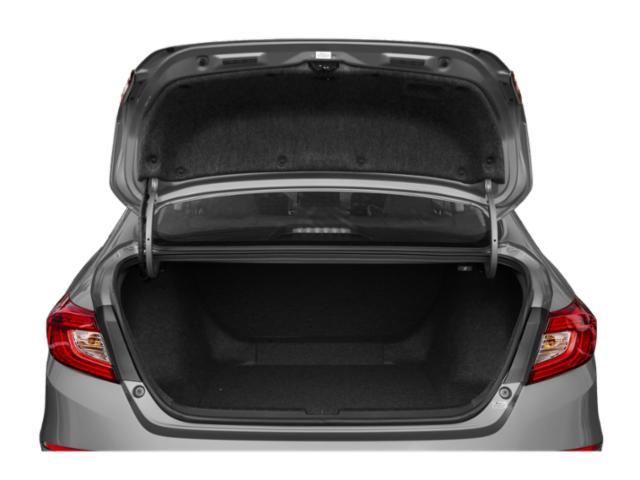
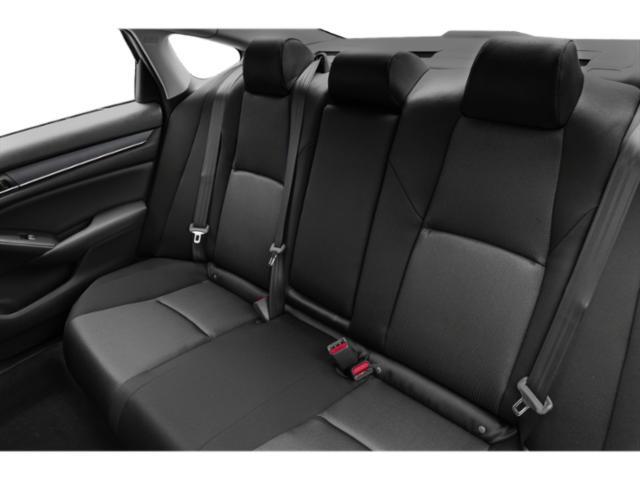
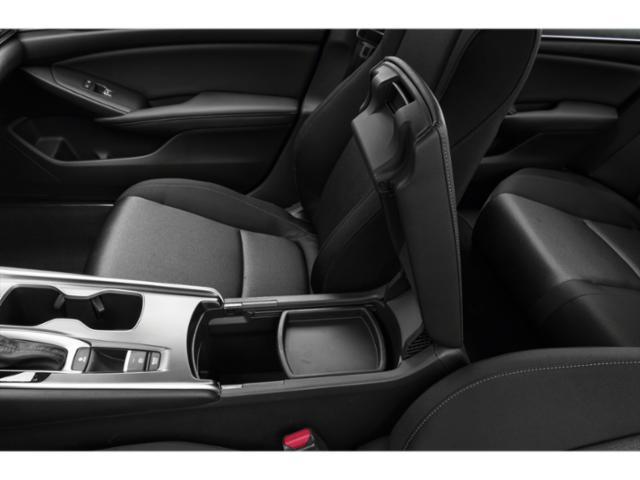
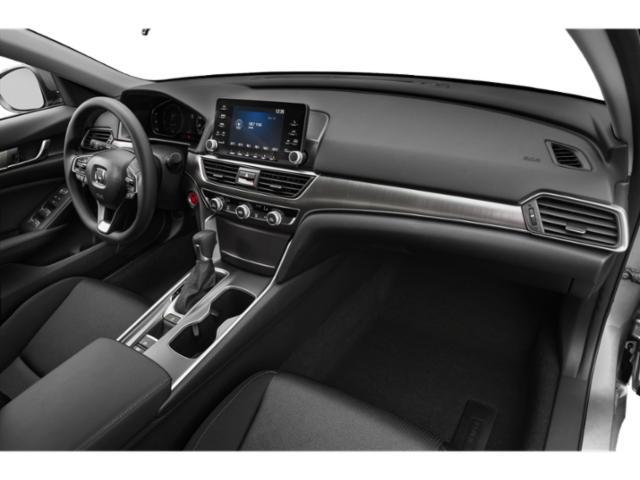

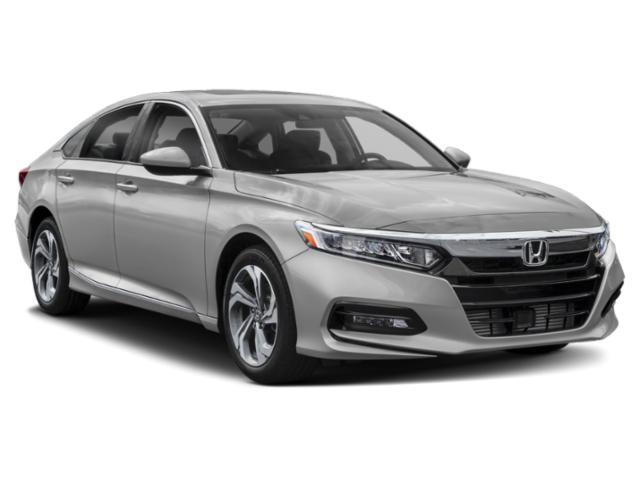
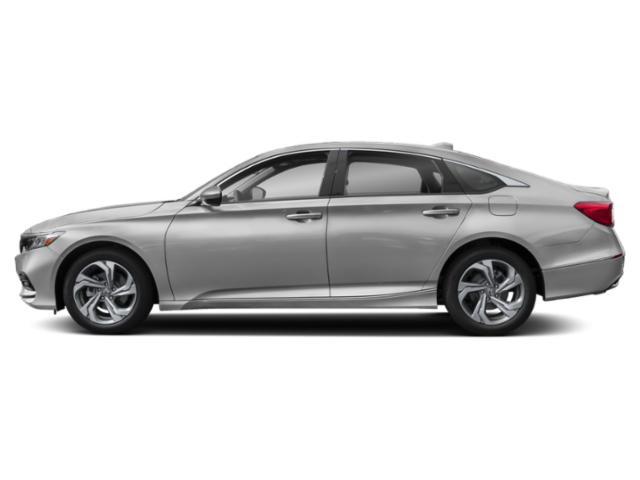
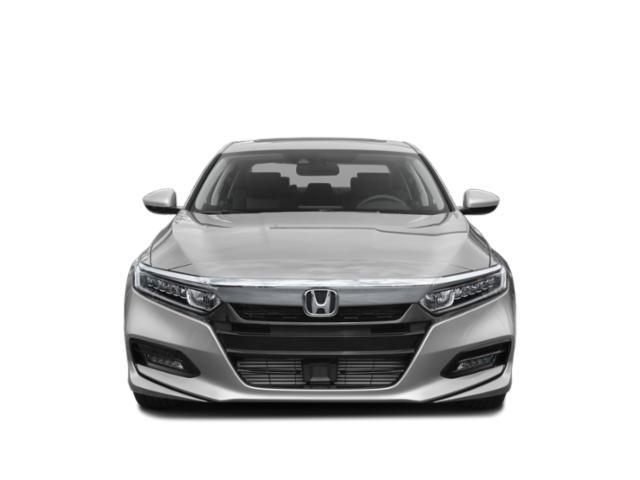
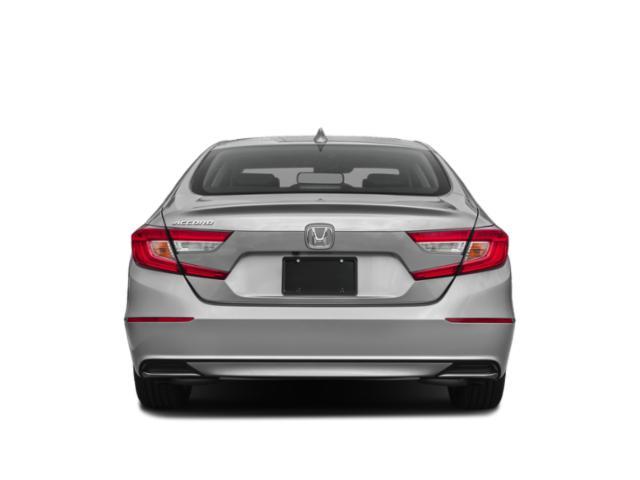
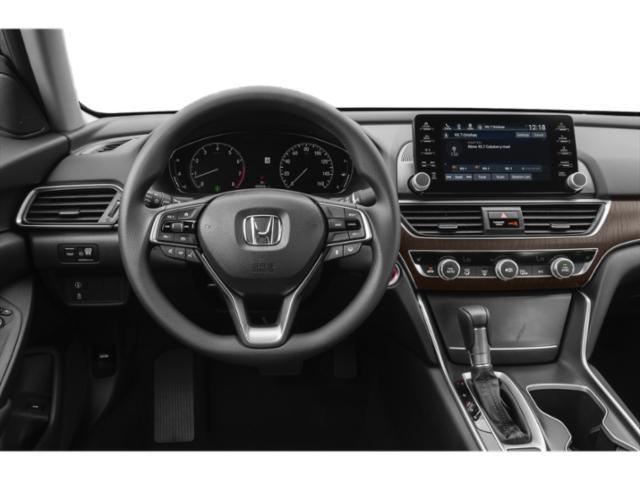
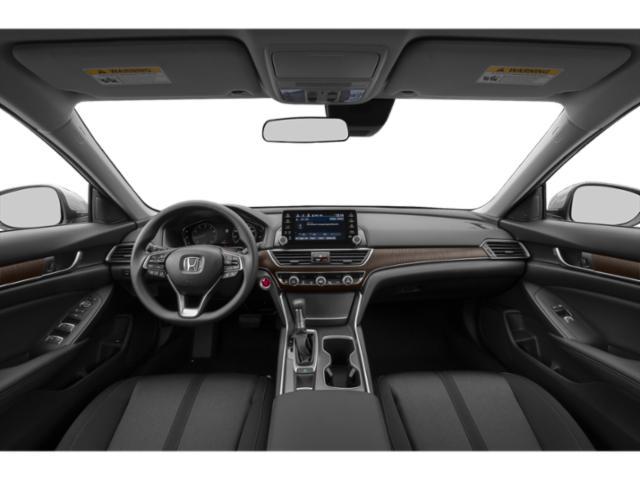
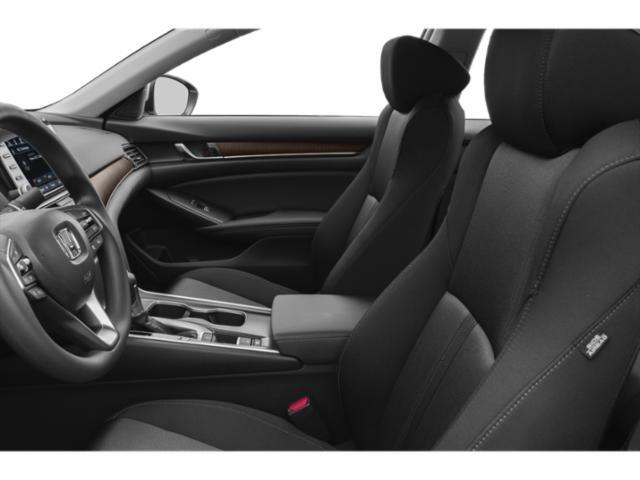

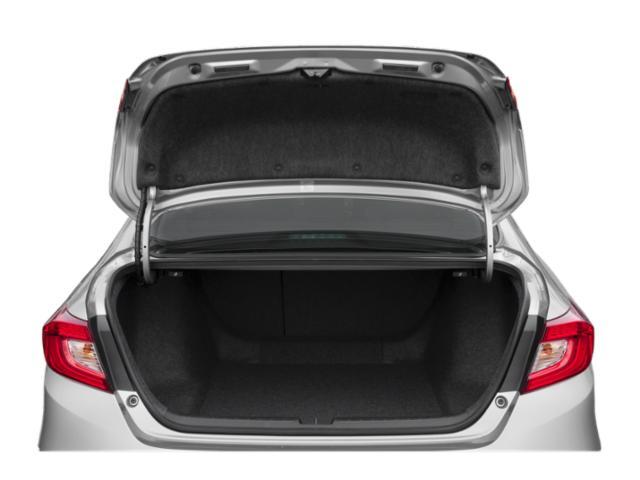
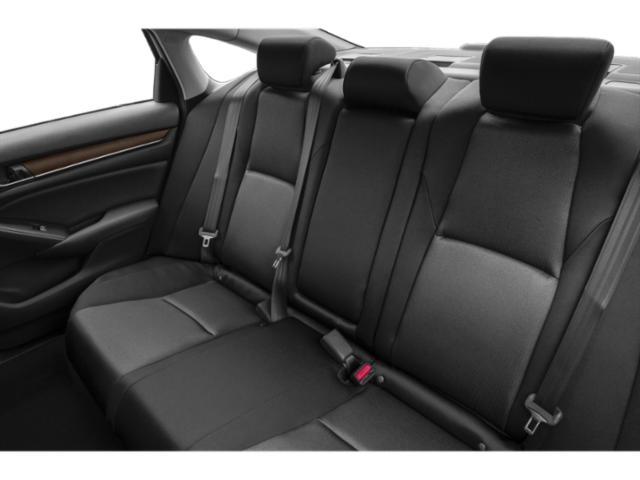

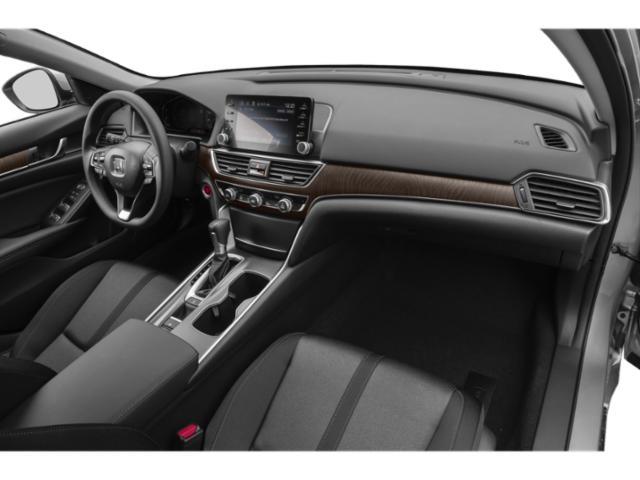

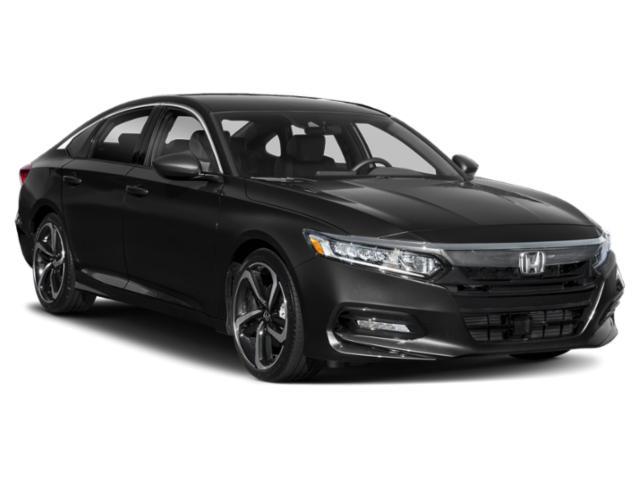
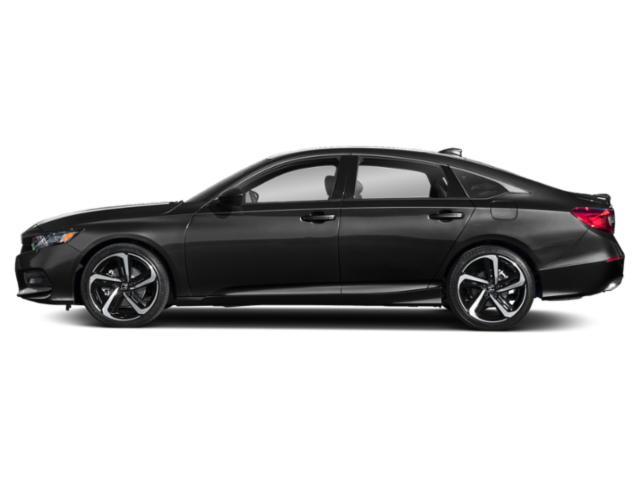
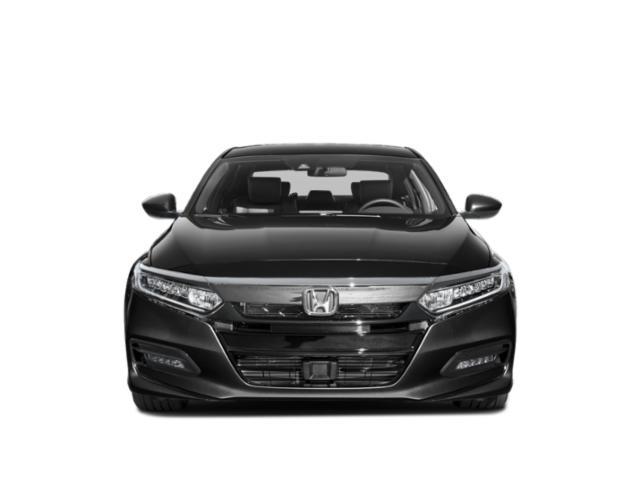
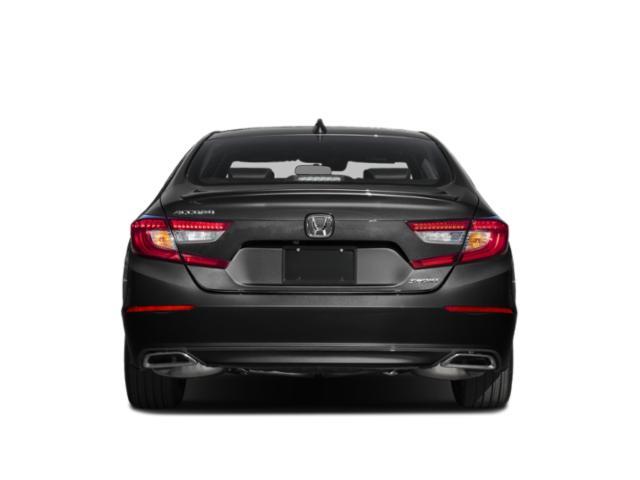
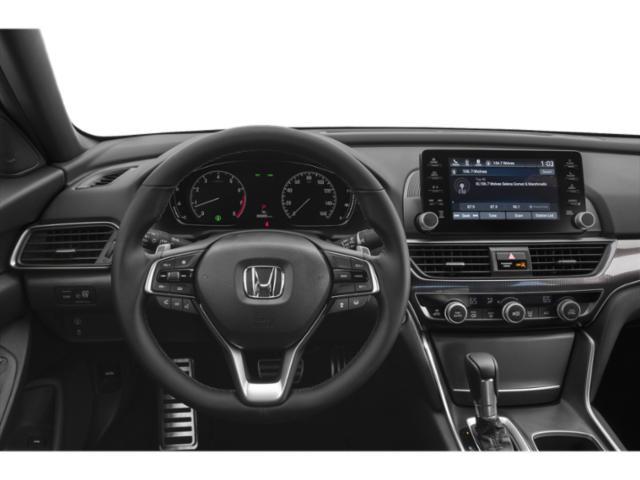

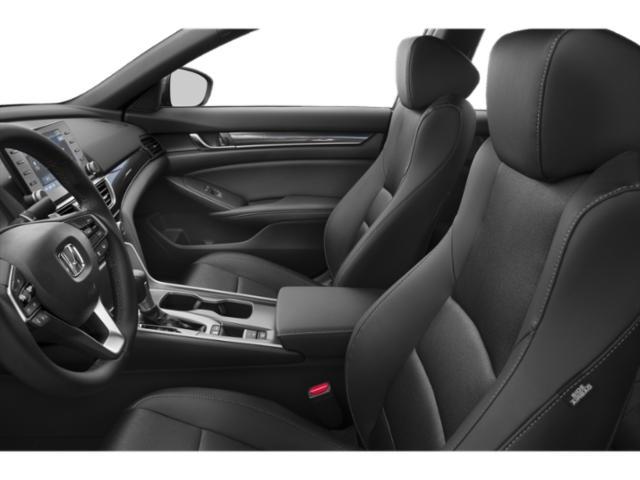
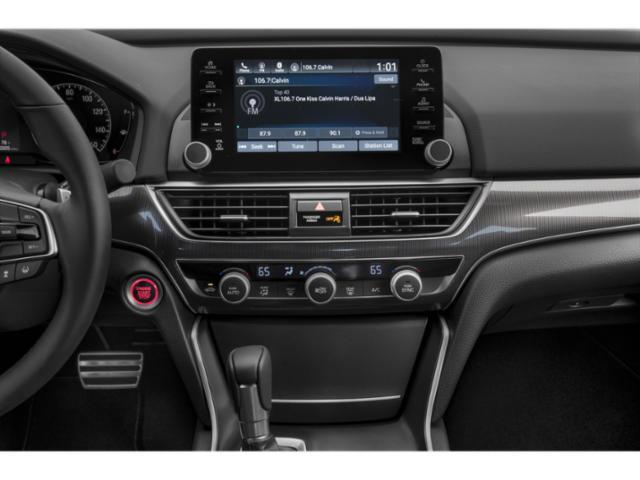
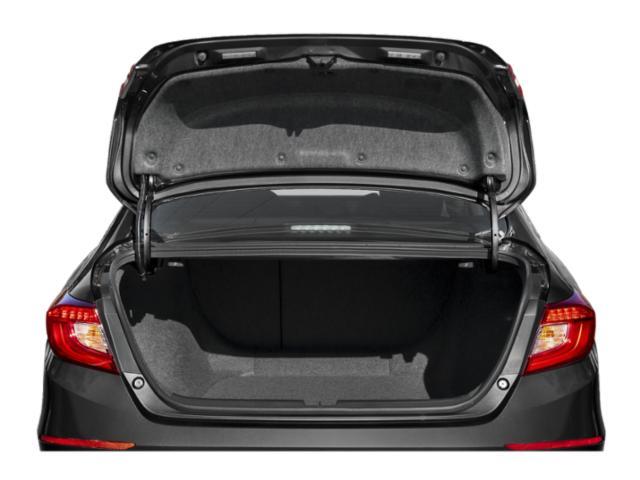
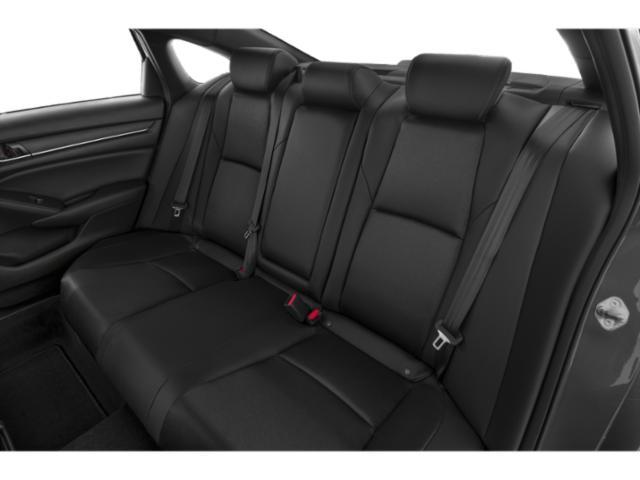
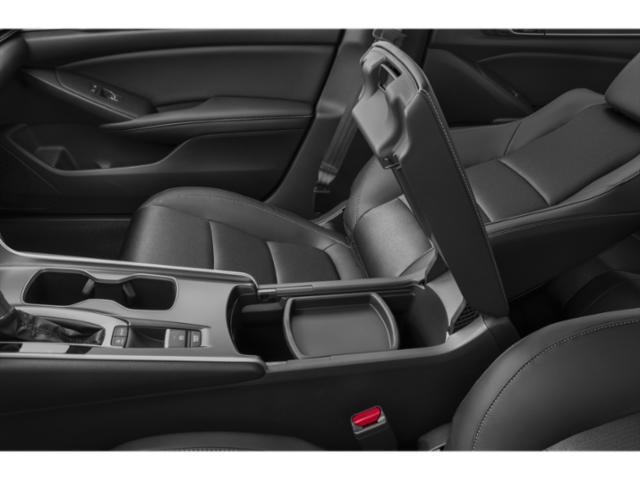
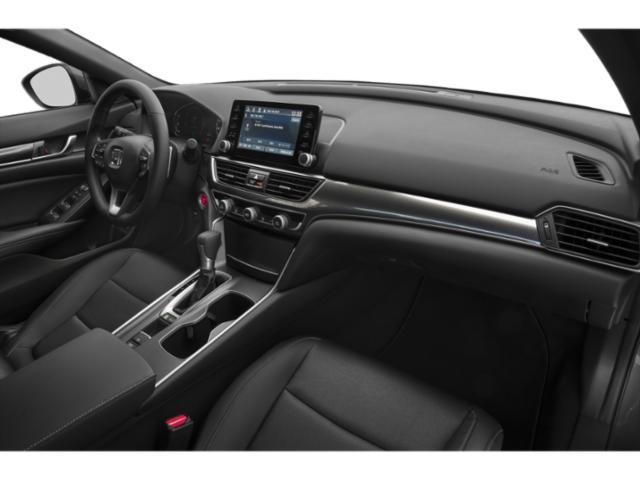
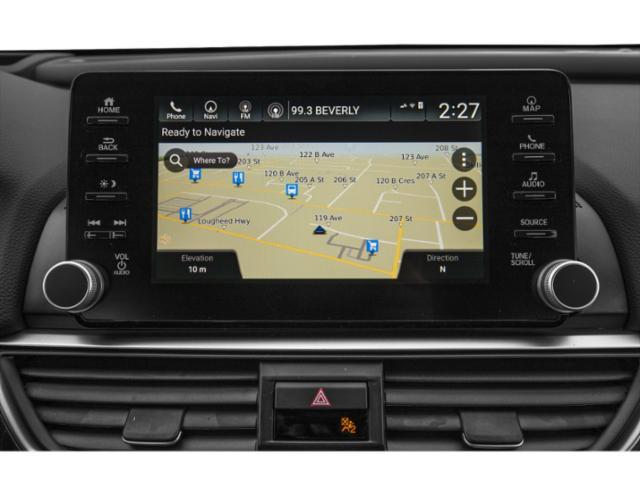





















































AutoTrader Review















